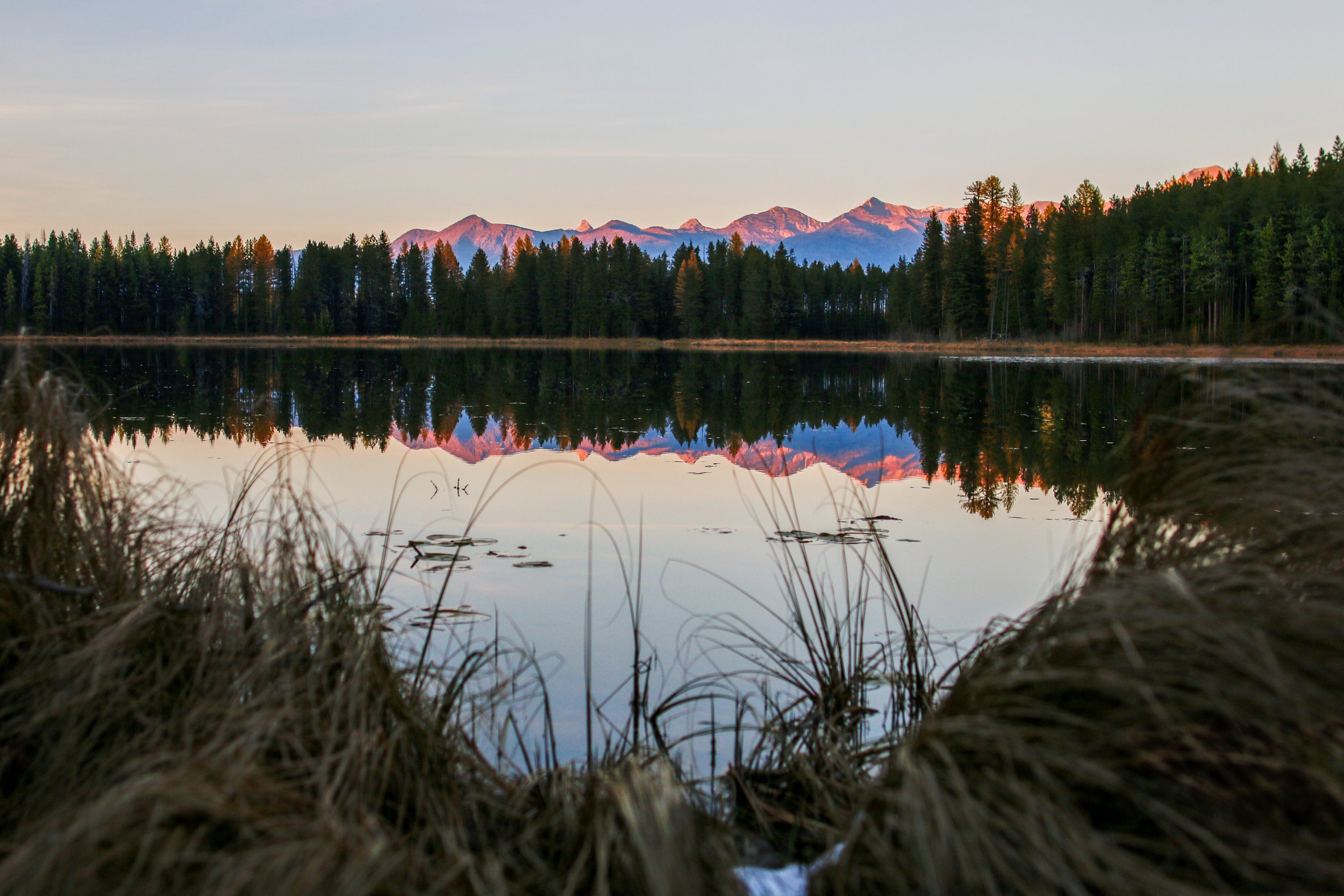
The Swan Valley
The Swan Valley flanks the western portion of the Crown of the Continent Ecosystem, which is known as one of the last remaining wild and intact landscapes in North America.
It is one of the few remaining places on earth that still harbors its full complement of native fish and wildlife species in their natural habitats, including all the large mammals of the Northern Rockies such as wolves, grizzly and black bears, elk, mountain lions, moose, coyotes, fox, wolverine, bobcat, and Canada lynx.
A unique ecosystem
The forested valley floor supports this variety of wildlife while also hosting a small human community of 600 people. People have learned to co-exist with large carnivores such as grizzly bears in part to our conservation approach which emphasizes sound forest and wetland stewardship practices, research and monitoring, and natural history education and outreach programs, while valuing the complex relationships between the landscape and the people who live, work, and play here.
In light of climate change, the Swan Watershed and this 10 million acre intact ecosystem will play a critical role in maintaining the viability of native fauna and flora by providing large core habitat areas and connected landscapes.
The Swan Watershed is home to the Ql’ispé (Kalispel) and Séliš (Salish) peoples and was used by various tribes in the region. We honor the original stewards of these lands, acknowledge the violence and mistreatment of indigenous people following European settlement (learn more about the Swan Massacre here) and are committed to partnering with and supporting indigenous leadership in conservation.
EcoFlight
Late summer of 2021, we had the incredible opportunity to get up in the air and get a watershed-wide view of the Swan with EcoFlight, a conservation aviation organization. Part of their mission is to educate and advocate for the protection of remaining wild lands and wildlife habitat using small aircraft. We asked some of our tribal partners to join us and had some deep and inspiring conversations about the history of this place, its urgent needs, and our shared vision for the future.
This valley could look much different today if it weren't for the efforts of many individuals and partners
who saw its possible (and probable) divided and developed future, and felt the call to protect it.

There aren’t many places like this left in the world.
Our wildlife depend on this connected, intact ecosystem, but it won't stay this way on its own.Your contributions will help to protect this landscape into the future and strengthen its resiliency.


